
Product Model:
EDQD400-x-PAM4Data Rate:
400GConnector:
QSFP-DDProduct Origin:
Made in ChinaShipping Port:
ShenZhenBrand:
ETU-LINK
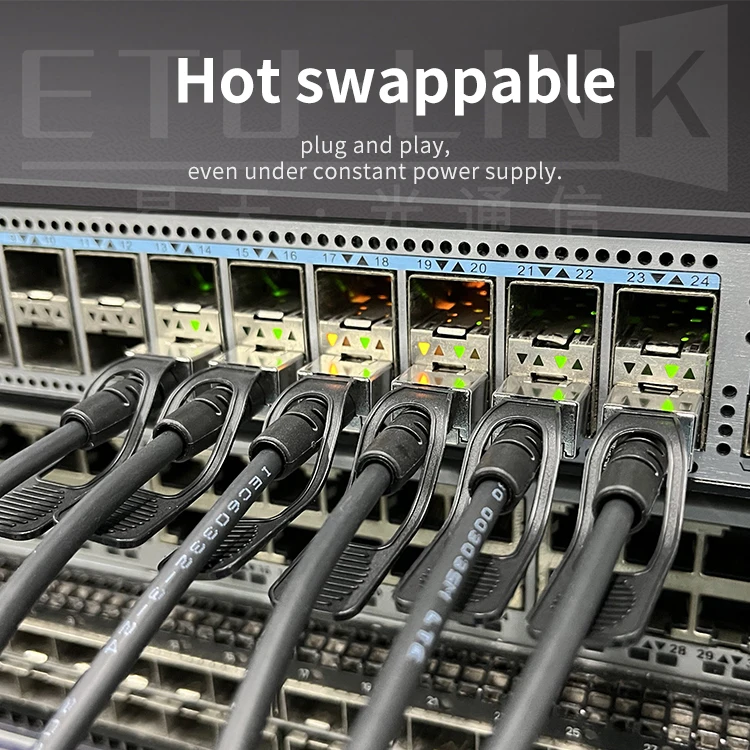
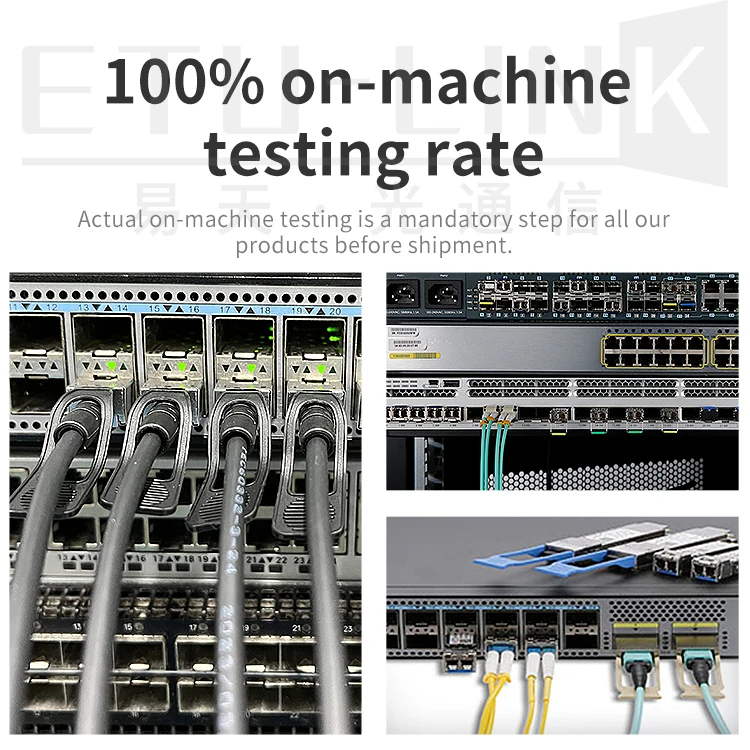
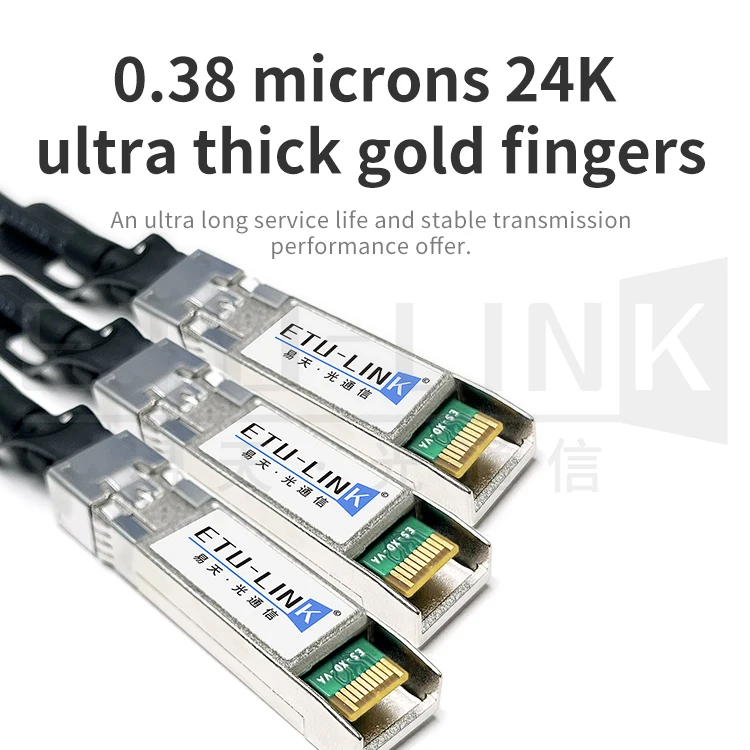
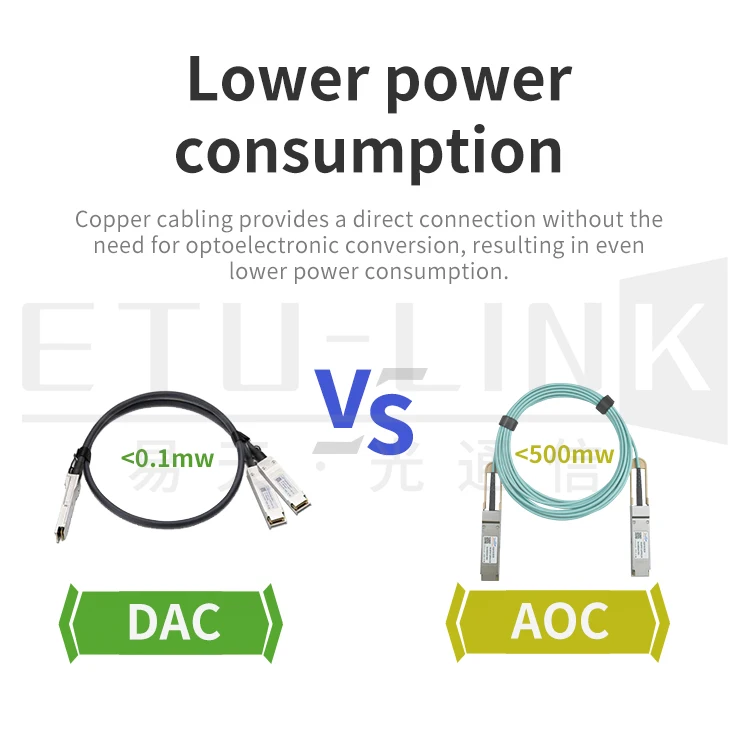
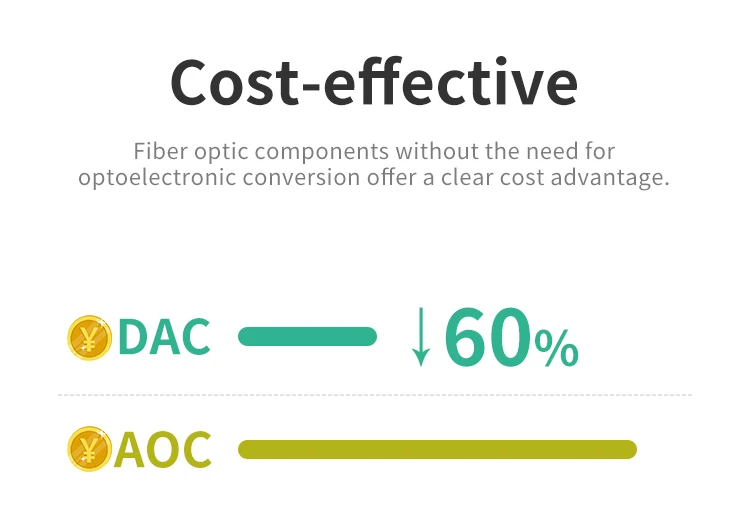
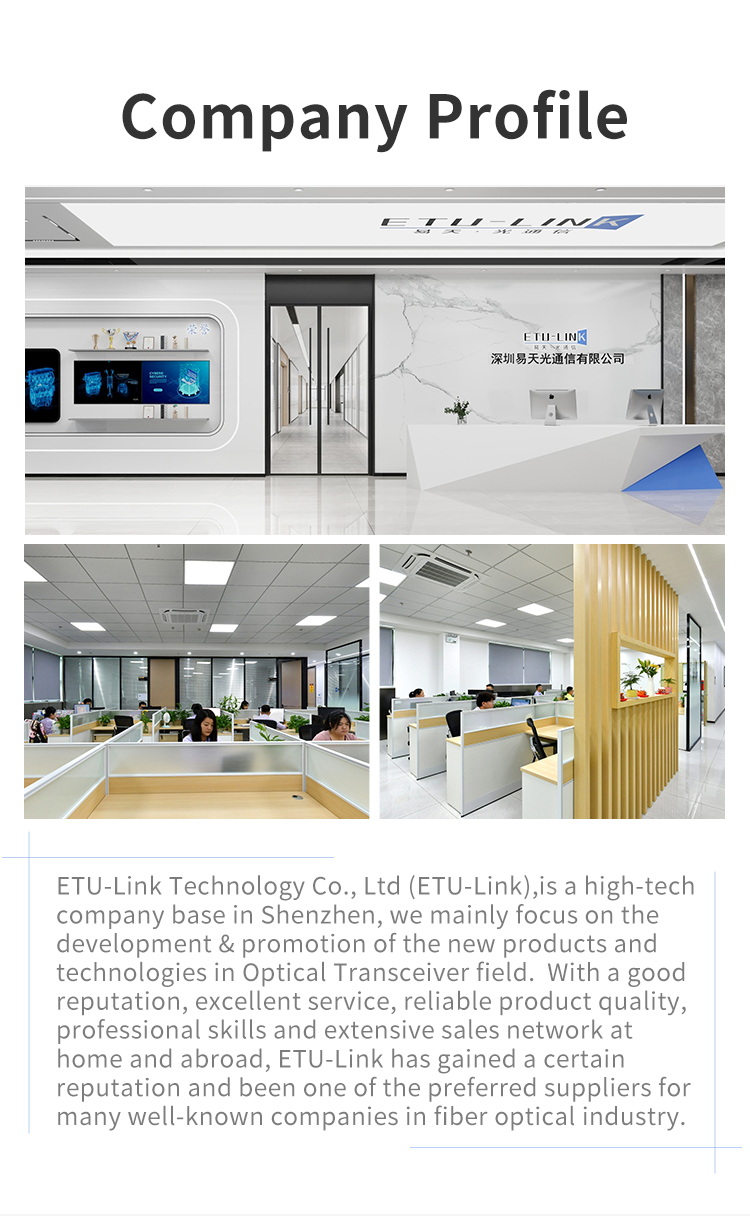
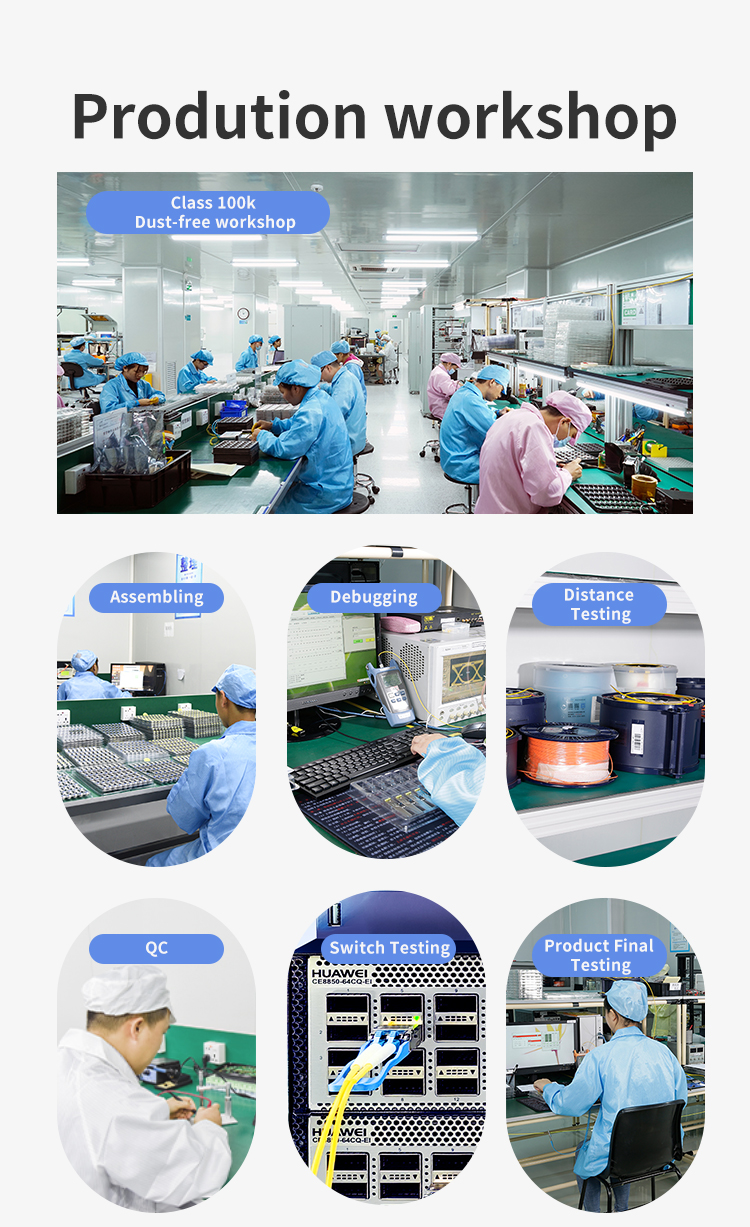
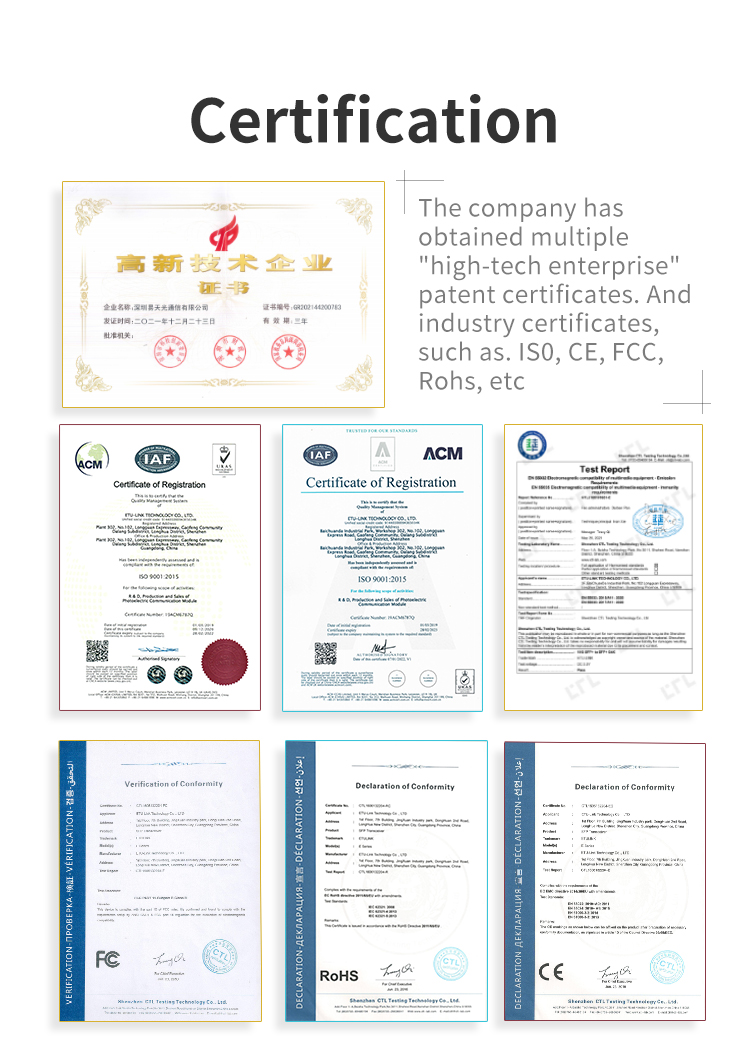
FAQ:
Q1: What is a DAC Cable (Direct Attach Copper Cable)?
A1: A high-speed DAC cable is a cost-effective solution for short-distance data transmission, commonly used in data centers, cloud computing, and enterprise networking to connect switches, servers, and storage devices.
Q2: What are the advantages of using DAC cables over optical transceivers?
A2: Passive DAC cables are more affordable, consume less power, and offer lower latency than active optical cables (AOC) or fiber optics, making them ideal for 10G, 25G, 40G, and 100G Ethernet connections.
Q3: What lengths are available for SFP+ DAC, QSFP+ DAC, and QSFP28 DAC cables?
A3: Standard lengths range from 0.5m to 7m, with popular options like 1m DAC, 3m DAC, and 5m DAC cables for rack-to-rack connectivity.
Q4: Are DAC cables compatible with Cisco, HPE, Juniper, Dell, and Arista devices?
A4: Most SFP DAC and QSFP DAC cables are vendor-agnostic, but always verify compatibility with your switch or server model for seamless integration.
Q5: Can high-speed DAC cables support 400G Ethernet?
A5: Yes, QSFP-DD DAC and OSFP DAC cables now support 200G/400G data rates, ideal for hyperscale data centers and HPC (High-Performance Computing).
Q6: Do passive DAC cables require external power?
A6: No, passive copper DAC cables draw power directly from the device, reducing energy costs and heat dissipation in data center environments.
Q7: What is the maximum distance for DAC cable transmission?
A7: Copper DAC cables typically reach up to 7m—beyond this, consider active DAC cables or AOC/fiber optics for longer distances.
Q8: Are DAC breakout cables hot-swappable?
A8: Yes, hot-swappable DAC cables (e.g., QSFP+ to 4x SFP+ DAC) allow flexible deployment without system downtime.
Q9: How to choose the right DAC cable for 10G/40G/100G networks?
A9: Match your switch port type (SFP+, QSFP+, etc.), data rate, and length requirements. For high-density setups, opt for low-profile DAC cables.
Q10: What is the difference between passive DAC and active DAC cables?
A10: Passive DAC cables rely on device power and support shorter distances (up to 7m), while active DAC cables include signal amplification for extended reach (up to 15m) but consume more power.
If you are interested in our products and want to know more details,please leave a message here,we will reply you as soon as we can.
Categories
© Copyright: 2025 ETU-Link Technology CO ., LTD All Rights Reserved.

IPv6 network supported
Friendly Links:
易天官网